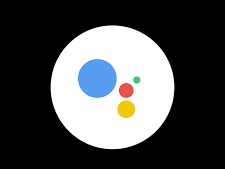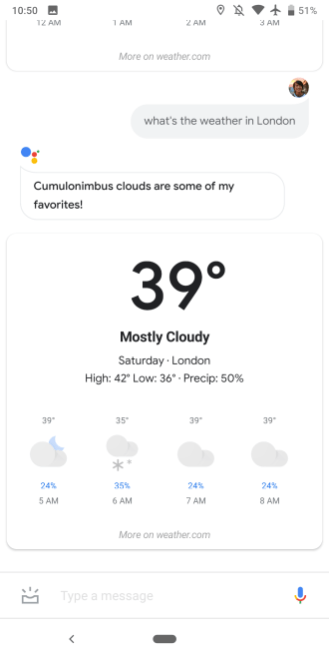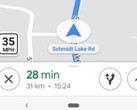The Google Assistant is a software service that pulls the information that may be the most wanted or needed from Google services on an increasing range of smart devices. This data is then displayed as handy reminders, notifications or other forms of dialogue. They can be found in the Assistant's stream of such cards, which may be built into the UI of many newer Android phones.
With the advent of mobile-processor AI, this feature could become a more tailored and pervasive part of Google's OS on phones over time. However, if the Assistant has one major design flaw, it is most likely to be that every card is shown with a bright white background every time. This could be off-putting at night, and consume more battery during the day. Then again, its maker is addressing issue like these in a wholesale manner by implementing effective Dark or Night Modes throughout Android 9 (Pie) and its successor, Q. It appears that this also now applies to the Assistant.
This change can be found in the latest beta version (9.5) of the Google app. It confers a dark mode on Assistant in the event that the same is switched on system-wide in Pie, or if a battery-saving mode has been activated. It results in a screen-conserving black blackground to the cards, which contain white text. However, this mode is not complete as yet: Some areas of the Assistant stream, such as the top banner that containing a Back button, as well as buttons for suggested actions and interactive messages from the Assistant AI, still have a white background. This causes a jarring contrast and leaves the design looking unfinished.
Hopefully, Google will have these discrepancies ironed off by the time the official, stable version rolls out later this year.


















